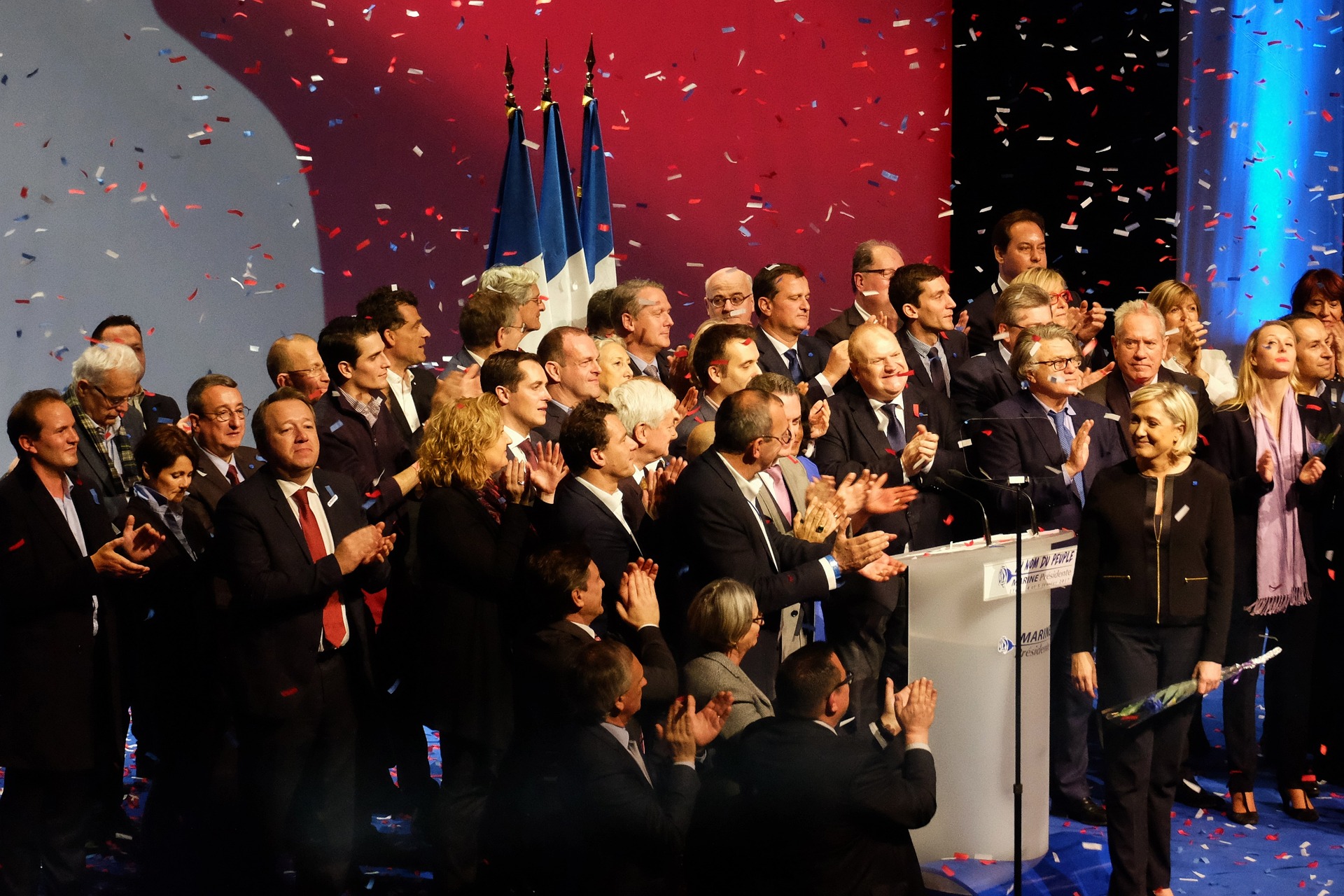
Note: This opinion piece was written in May of 2022. It has not been updated since but still provides informative insight.
To discuss the polarisation of French politics, it is important to understand the basis upon which the French political realm is constructed. Ever since the formation of the Fifth Republic (1958), French political life has rallied around a left/right binary. Since the 2017 presidential election, however, issues with the traditional left and right have been growing. Prior to Macron’s election, the weakening of both the traditional parties was already noticeable. In 2022, neither presidential candidate made it to the second round, both reaching less than five percent of total votes. Such results exemplify the decline of these two parties, a trend deeply rooted in a feeling of disconnect in the voting base, as well as in mismanagements on both sides.
Consequently, the abstention rates break records every year. This raises the question : where could the abstentionist votes have gone? Undeniably, Macron’s election in 2017 took the French political sphere by surprise. If Macron seemingly went against the norm, it is because of his party’s positioning. Macron’s refusal to take on any label took the political spectrum by surprise. This positioning has raised skepticism in the remainder of the political spectrum. Macron’s La République En Marche (LREM) has collaborated with some factions of each of the traditional parties on specific issues. The opposing parties criticised this so-called hypocrisy. As a result, such parties try to lead the opposition, heightening partisan tensions.
The positioning of LREM overlaps with the more centrist tendencies of the traditional left and right wing parties. Therefore, the temporing force within each party, neutralising the more extreme wings of each party, are now being seduced by Macron’s party. People of each party are either pushed to join LREM, or to reinforce their stances and to drift further away from the centre. An example of this phenomenon would be the decline of Les Républicains (LR), the traditional right wing party. LR has been experiencing considerable internal turmoil concerning its future, now more than ever. Few figures have remained in the party to revive its centrist wings. A comparable phenomenon occurred for the Parti socialiste (PS), the traditional party of the French left, which underwent a significant rebranding to stand out from LREM.
This phenomenon creates a self-fulfilling circle, where people are being pushed out of traditional parties and into more extreme edges of the political spectrum. This significantly weakens the LR and the PS, whose chances to succeed in any election are annihilated as their structure, funding, and political coherence fall apart. Partisans are then further encouraged to flee to either the centre or the extremes.
Another crucial element of this polarisation is politicians’ reliance on it as a self-promotion strategy. Ever since May of 2017, every single election had a focus on LREM and the RN by default; this media framing may contribute to hyping up races or rivalries that were far from existing. In the European election, the two parties were pitted against each other from the get-go, which led to the results blindsiding part of the political class, with the force that the Green-Ecologist had gained.
This media attention has kept the political news world in a false sense of dichotomy, foregoing available alternatives. Since 2017, Marine Le Pen has proclaimed her party as the leading opposition party, in hopes of uniting all anti-Macron publics under the RN banner. Similarly, Macron’s strategy in both 2017 and 2022 was to invoke a “front républicain”, (a Republican front) against the far-right. This discourse’s “anti-fascist” undertones echoes Chirac’s call to counter Jean-Marie Le Pen with the spirit of the Republic in the 2002 presidential race. However, as the public’s rejection of the far-right erodes, the perennity of such a strategy is more than unsure.
This ties into the second fold: Macron’s positioning has made every opposition seem more palatable. Indeed, Macron has been criticized for seeming out-of-touch with his people. This reputation has allowed opposing parties to appear on the people’s side, which has proven to be a paying strategy. For voters dissatisfied with Macron’s mandate, the question lies in which party has the biggest chance of winning against him, more than in casting a conviction vote.
The 2022 presidential elections’ results offer a prime example of the polarization of the French political landscape: the centrist LREM came first; second, the far-right RN; and third, the strongly left LFI. There has definitely been a noticeable polarization process in France, where the more moderate or centrist factions of both the left and the right wing have tolerated – if not joined – Macron’s party, while the remaining factions have gone further on both extremes to oppose Macron.
All in all, it is important to note that there is no single explanation for the polarization of French politics. Overlapping factors have culminated in Macron’s role as a magnet of the French moderates, pushing dissidents to both edges. The 2027 elections will show how Macron’s ten years in office will have affected the polarization at play.
Edited by Marine Matsumura
The opinions expressed in this article are solely those of the author and they do not reflect the position of the McGill Journal of Political Studies or the Political Science Students’ Association.
Featured image by Gregory Roose.